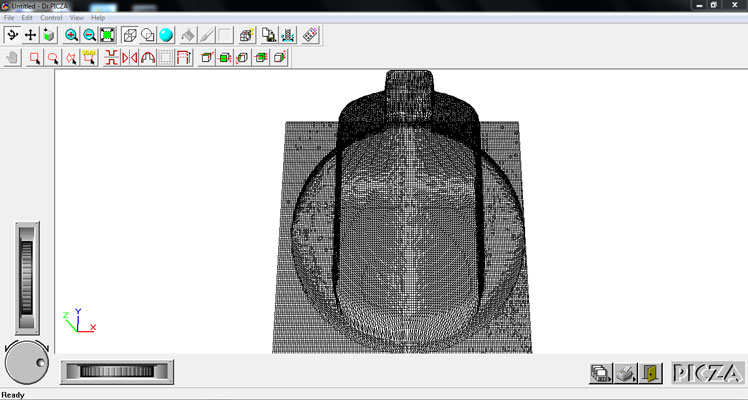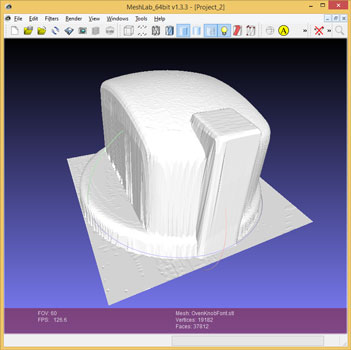

stl, or other common mesh or point cloud files. Make sure to also check out his article!Īnd for people who are using WSL (windows subsystem for linux), check out Simon Kern's awesome fork of this repo here. Click on the Insert > Insert Mesh, browse your STL file, and open to import it. The file required by the 3d printer has to be stl format, 1000kb or less. be perfectly precise, as they are just providing Meshlab with a guideline.obj. I'm happy to point you to a nice alternative to this guide, written by Christopher Madan. Step 11 - The Final productĪnd this is how the final product might look like:
#COMBINE STL FILES IN MESHLAB FULL#
Write the full path of the qmap file, or save the file in the same folder of the current mesh. I personally used It's very easy to use, you can choose from many different materials and it gives you also the option to resize your model, as well as correct for flawed surface areas. MeshLab filter name: Merge Wedge Texture Coord.

If you don't have access to a 3D printer, than there are many options on the internet. If you're lucky enough and you have you have your own access to a 3D printer, than you probably know what to do next. This will reduce the data volume dramatically and will make it easier to send or upload the 3D model. Now, as a final step: Export the mesh again, but this time use Binary encoding. The next step is now to turn those subcortical regions into a 3D model. Step 5 - Create 3D Model of Subcortical Areas Mri_convert $SUBJECTS_DIR/ $/mri/aseg.mgz -colormap lutĪfter this step you'll have a NIfTI file that only contains the areas you were interested in.

# First, convert aseg.mgz into NIfTI format


 0 kommentar(er)
0 kommentar(er)
